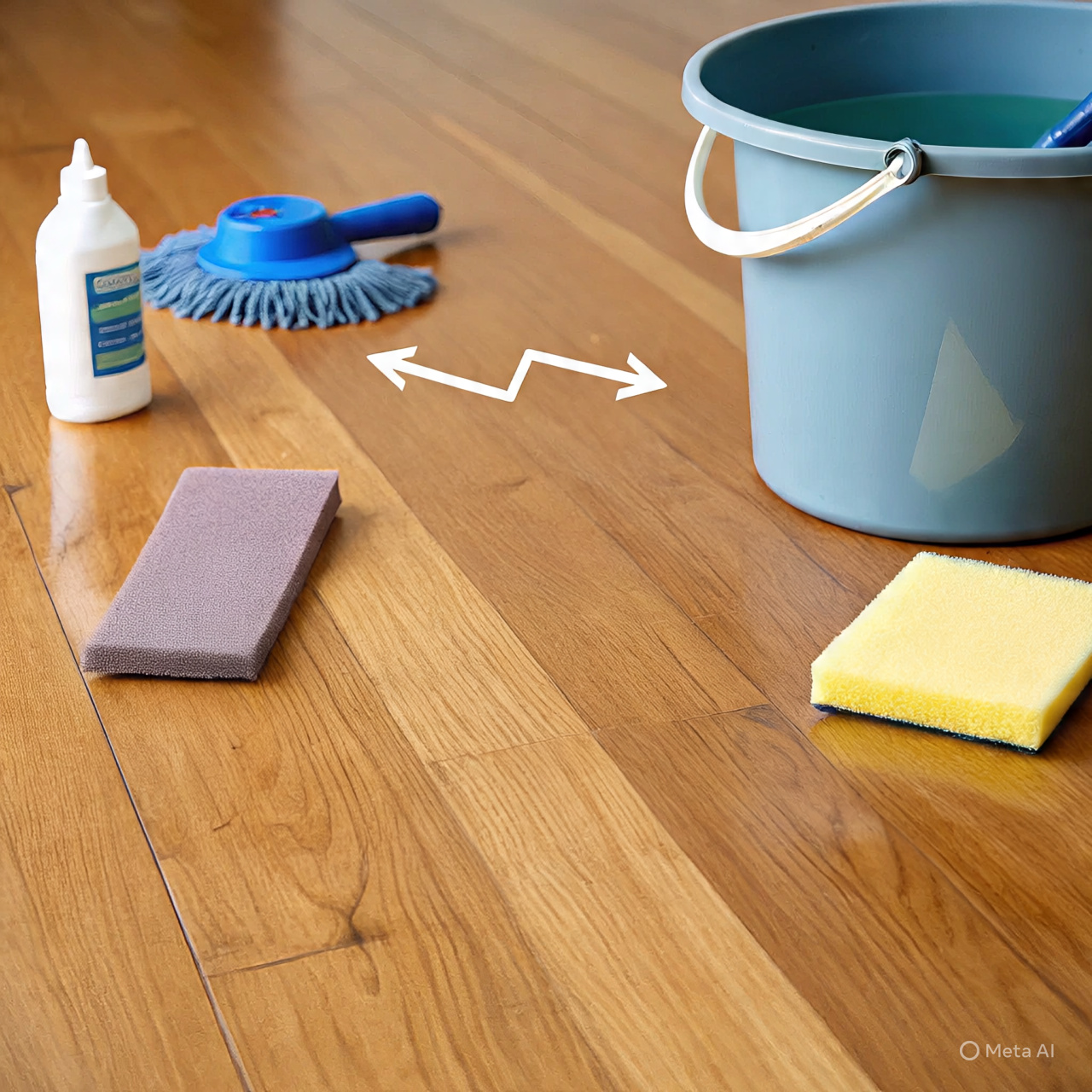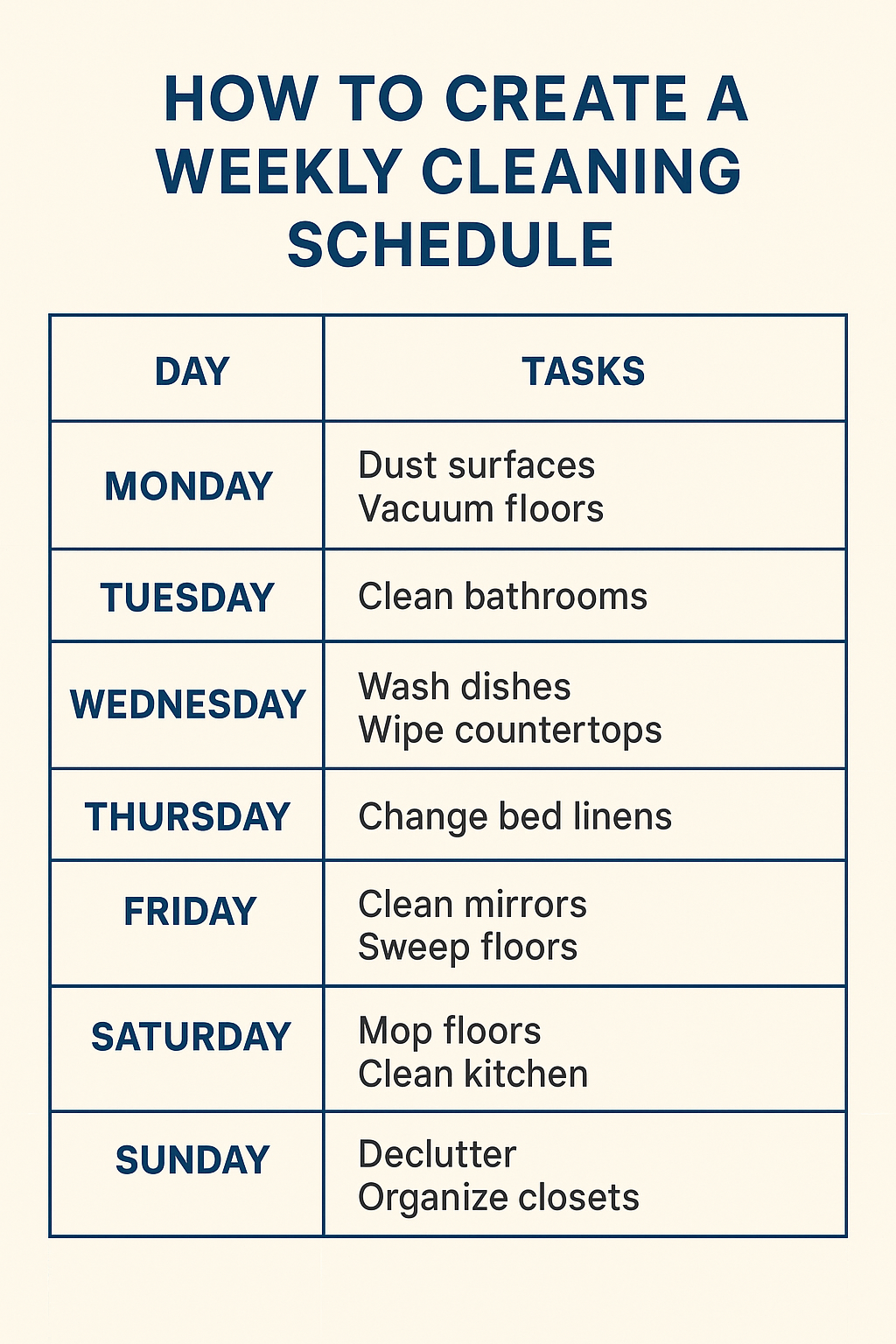A wet carpet can quickly turn from a small inconvenience into a costly disaster if not handled properly. Whether caused by a burst pipe, leaky roof, or an overflowing washing machine, excess moisture in carpets can lead to mold growth, foul odors, and structural damage. Understanding how to properly dry a wet carpet can save you time, money, and your flooring investment.
Why Quick Action Matters
When a carpet becomes saturated, time is your biggest enemy. Moisture trapped in carpet fibers, padding, and subflooring creates the perfect breeding ground for bacteria and mold. Within 24 to 48 hours, mold spores can begin to grow—spreading odors and potential health risks throughout your home. Acting fast not only preserves your carpet but also helps maintain indoor air quality.
Step-by-Step Guide to Wet Carpet Drying
1. Identify and Stop the Source
Before drying begins, locate and fix the source of the water. Turning off the main water valve or repairing a leak prevents further damage. If flooding is involved, ensure the area is safe and disconnect electrical power if necessary.
2. Remove Excess Water
Use a wet/dry vacuum or professional extraction machine to remove as much standing water as possible. The more water you remove early, the faster your carpet will dry. For large-scale flooding, professional restoration companies have high-powered extractors designed for this purpose.
3. Lift and Air Out the Carpet
If water has soaked through to the underlay or subfloor, lift the edges of the carpet to allow air circulation underneath. In severe cases, removing and replacing the underlay may be necessary, as it tends to retain water longer than the carpet itself.
4. Improve Airflow and Ventilation
Good airflow is essential for effective drying. Open windows and doors, and use fans, air movers, and dehumidifiers to speed up evaporation. If outdoor humidity is high, rely more on dehumidifiers to draw moisture out of the air and carpet fibers.
5. Steam Clean and Sanitize
Once the carpet is mostly dry, steam cleaning helps eliminate bacteria, mold spores, and lingering odors. Use a disinfectant or antimicrobial treatment approved for carpets to ensure a hygienic result.
6. Check for Mold and Odors
Even after drying, it’s important to inspect for signs of mold or mildew. A musty smell, discoloration, or fuzzy patches on the carpet surface are warning signs that moisture remains trapped. In these cases, professional mold remediation may be needed.
Professional Wet Carpet Drying Services
While minor spills can often be handled at home, major water damage usually requires professional wet carpet drying services. Restoration specialists use industrial-grade dryers, moisture meters, and infrared cameras to detect hidden dampness beneath the surface. This ensures that not only the carpet but also the padding and subfloor are thoroughly dried.
Professional teams also handle water classification—determining whether the water is clean, gray (from appliances), or black (contaminated, such as sewage)—to apply the right cleaning and sanitization methods safely.
Preventing Future Water Damage
Prevention is always better than repair. Regular maintenance of plumbing, roofing, and appliances reduces the risk of water leaks. Using water alarms, sealing basement floors, and keeping gutters clean can also prevent water from seeping into living spaces.
For extra protection, consider waterproof underlays and rugs that are easier to dry in case of accidents.
Final Thoughts
Wet carpet drying requires a balance of speed, technique, and attention to detail. Whether you handle it yourself or call professionals, the key is to act fast and ensure complete dryness to prevent mold growth and permanent damage. With proper drying and care, your carpets can be restored to their original comfort and beauty—without lingering odors or hidden moisture.
Want to know about Cleanup is Easy but Reconstruction Often Fails Check out our Cleaning category.



